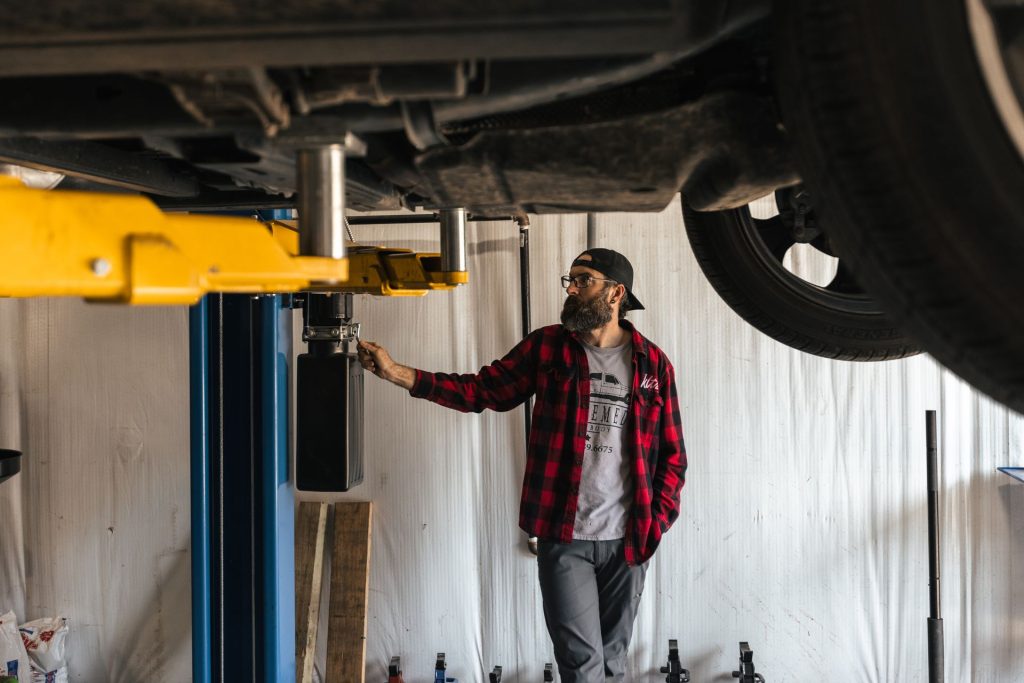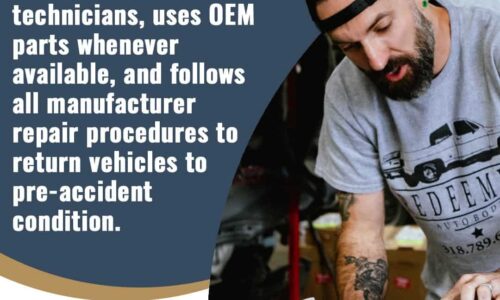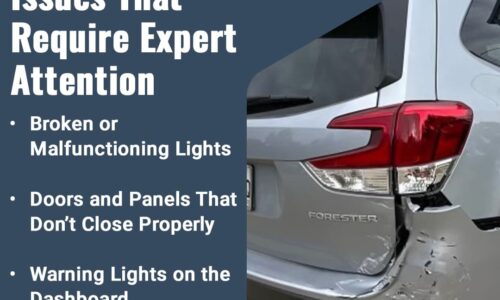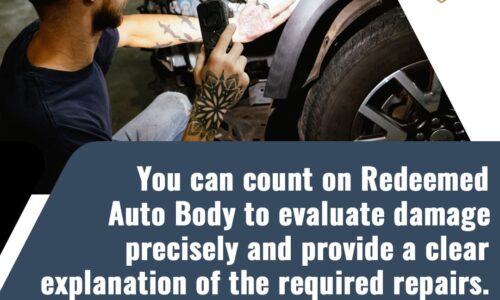Not All Body Shops are the Same

You might think all body shops do the same thing: take out the dents, maybe replace a part, paint it and make it look pretty, put it all back together, and off you go. But nowadays, with advanced modern-day vehicles, that’s just not enough. The key is to know what you don’t know because you don’t know what you don’t know. Ya know?
What Are OEM Procedures?
Let’s start with the basics. OEM stands for Original Equipment Manufacturer. These are the folks who designed and built your vehicle. They’re the ones who know every nook, cranny, and bolt of your car. OEM procedures are their official guidelines on how to properly repair your vehicle based on its specific VIN (Vehicle Identification Number). These procedures are like a recipe book, but instead of baking a cake, you’re putting a complex machine back together.
The Importance of Following OEM Procedures
Why should you care about these OEM procedures? Imagine if you tried baking a cake without following the recipe. You might end up with a cake that looks okay on the outside but is a gooey mess on the inside. Not following OEM procedures in vehicle repair can lead to something similar—a car that looks fine but has hidden issues that could spell disaster.
Safety First, Folks!
Modern vehicles are equipped with advanced safety features designed to protect you in the event of a crash. Think airbags, crumple zones, and electronic stability control. These features are engineered to work together in a precise manner. If a repair shop doesn’t follow the OEM procedures, it can compromise these safety systems. Imagine your airbag deploying late or not at all—it’s like a superhero showing up after the villain has already left. Not very helpful, right?
Financial Fallout
Let’s talk money. A vehicle that’s not properly repaired can hurt your wallet in more ways than one. First, improper repairs can lead to more problems down the line. It’s like putting a band-aid on a broken bone—it might seem okay at first, but eventually, you’ll have to deal with the underlying issue, and it’s going to cost you more. Second, when it comes time to sell or trade in your car, any subpar repairs will be spotted quicker than a kid finding the only piece of candy you hid in the house. This can significantly reduce your car’s resale value.
The Scary Truth About Some Shops
Here’s the kicker: many repair shops don’t follow OEM procedures because they either don’t know them or, even worse, they choose to ignore them. It’s like playing a game of “Guess Who?” with your car’s safety. Some shops think they know better or are just trying to cut corners to save time and money. But at what cost? Your safety and financial well-being, that’s what. Even worse, some shops face pressure from insurance companies to cut costs, leading them to skip or modify OEM procedures. Insurance companies may push for cheaper, quicker fixes to save money, leaving you with a repair that’s not up to standard. It’s a dangerous game that puts profits over your safety.
Choosing the Right Shop
So, how do you avoid falling into this trap? Always, always, always check and make sure your shop of choice knows about and follows OEM procedures. Ask them about their process, their certifications, and how they stay up-to-date with the latest repair guidelines. If they give you a blank stare or a vague answer, it’s time to find another shop. Remember, not all body shops are the same, and choosing the right one can make all the difference.
Conclusion
In conclusion, don’t take chances with your car’s repairs. Your safety and your wallet depend on it. Ensure that the shop you select follows OEM procedures to guarantee that your vehicle is returned to you as safe and valuable as it was before the accident. So, next time you need a repair, remember to ask the right questions, do your research, and choose wisely. Because when it comes to your car, you deserve nothing but the best.



